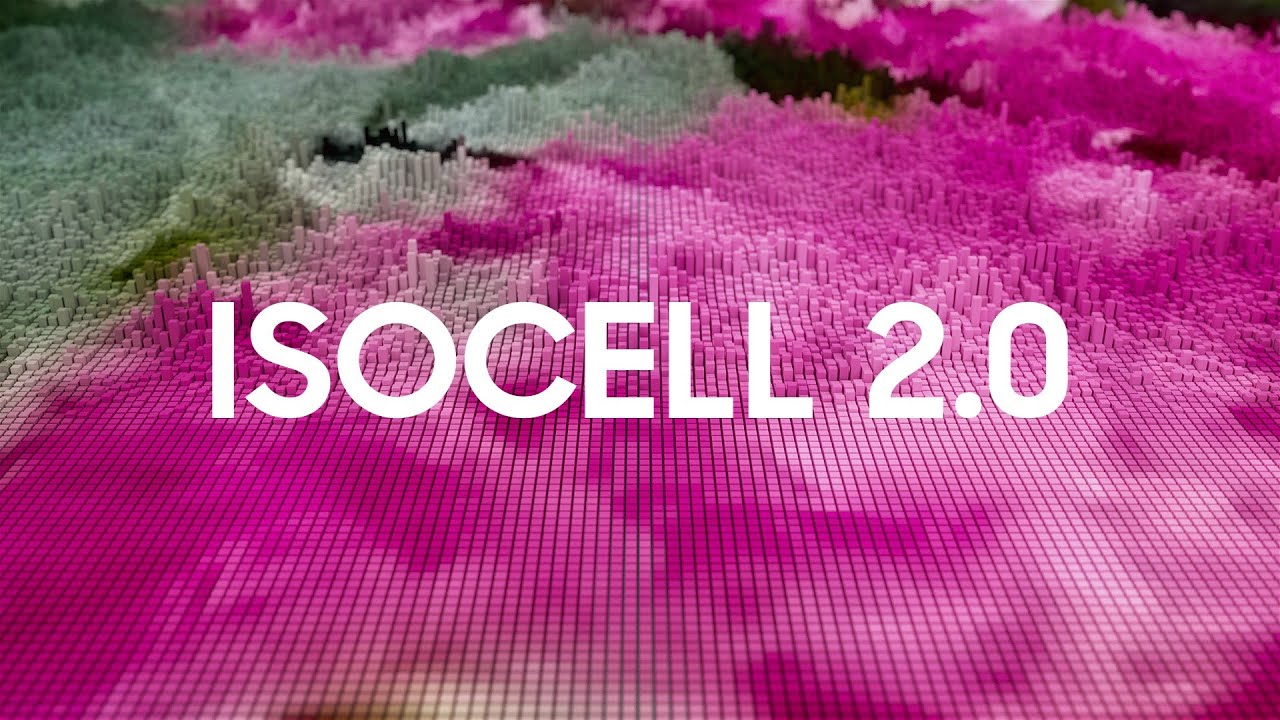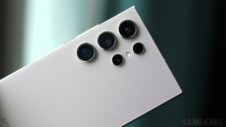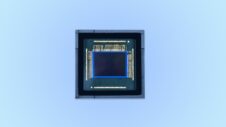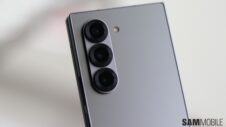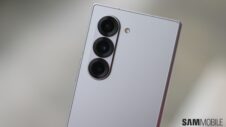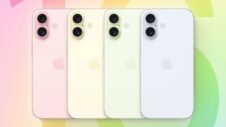Samsung today detailed the first major upgrade of its pixel isolation technology ISOCELL. Simply called ISOCELL 2.0, this image sensor solution promises to usher in a new era of smartphone photography excellence.
The next-generation platform still features large pixels that are cordoned off from one another in order to cut down on signal interference. But instead of using metal barriers, it does so with reflective material so as to further optimize the end result, thus providing better image quality.
If that doesn't make sense, think of it this way: metal is great at many things, but doubling as a mirror isn't one of them. No matter the sort of metal you use to wall off your sensor pixels, some light will still get absorbed by the material itself. That's the problem that the ISOCEL 2.0 addresses.
How big of a deal ISOCELL 2.0 really is?
This shift from metal already started with the ISOCELL Plus, which was sort of a stepping stone for Samsung's sensor tech when it was introduced in 2018, five years following the launch of the original solution. ISOCELL 2.0 completely does away with metal components, offering not just greater optical quality but also significantly higher light sensitivity.
In other words, low-light photography stands to directly benefit from it. Particularly so in any implementation that also includes pixel size improvements. Large, ultra-sensitive pixels are the only “right” method of cutting down on image noise, anyway.
It remains to be seen how big of a deal ISOCELL 2.0 truly is. The tech is already available in Samsung's latest imaging sensors which started hitting the market only recently.
